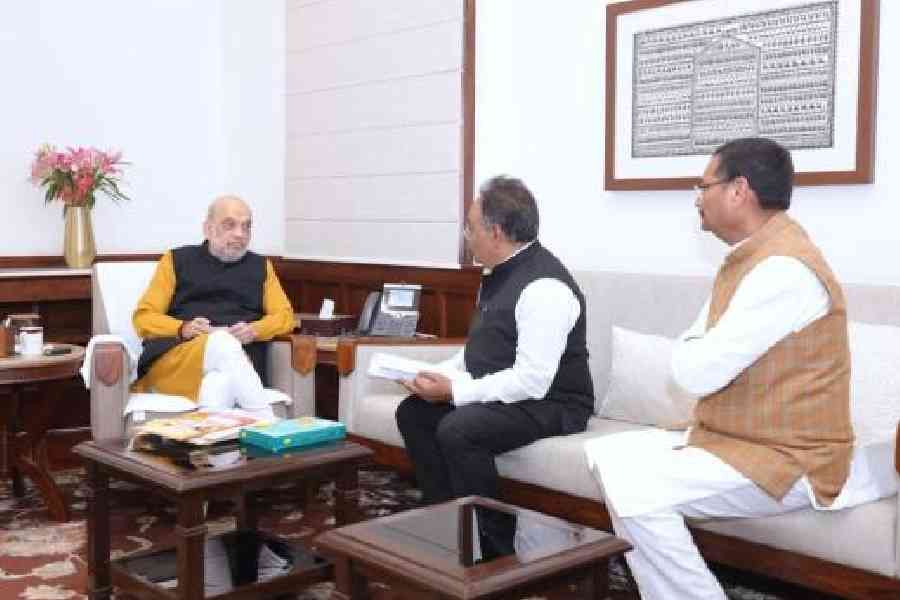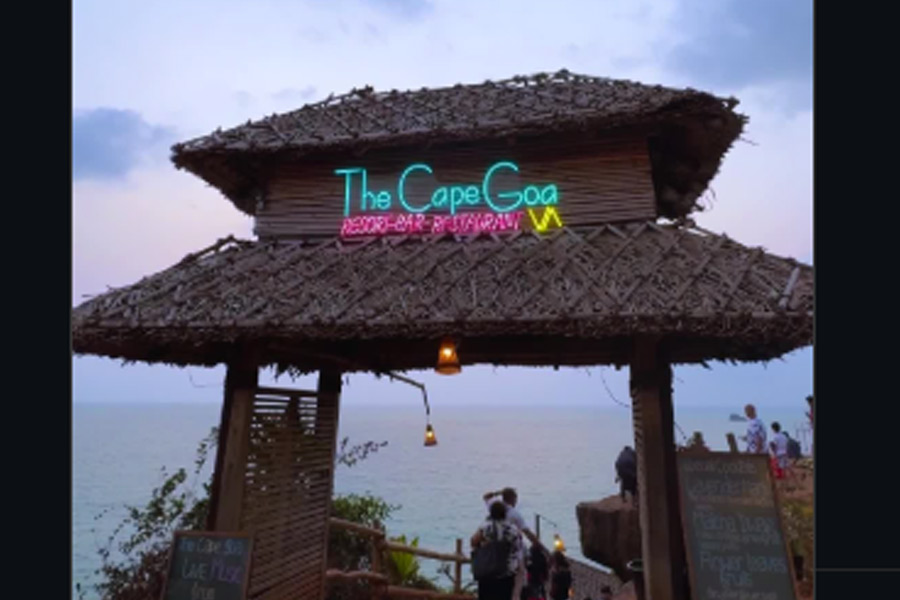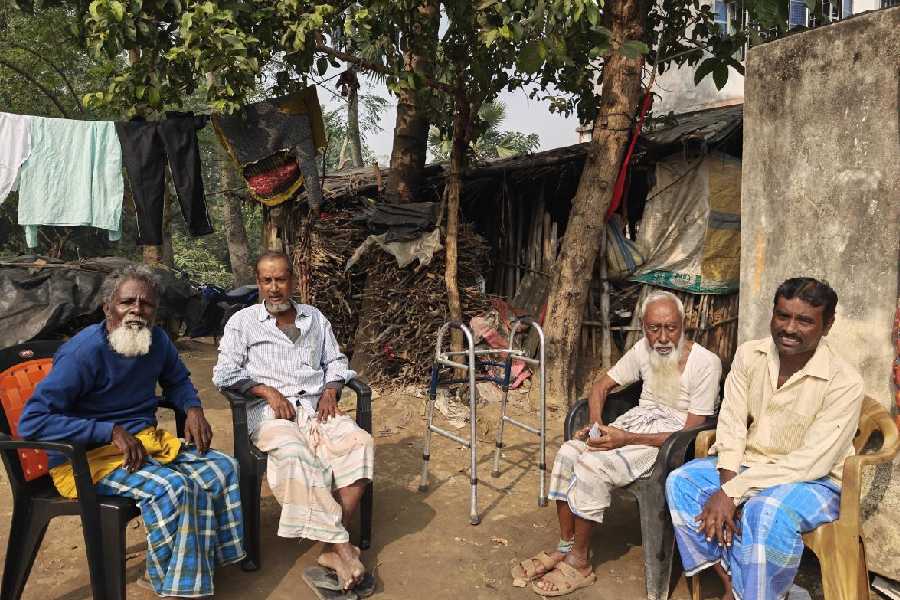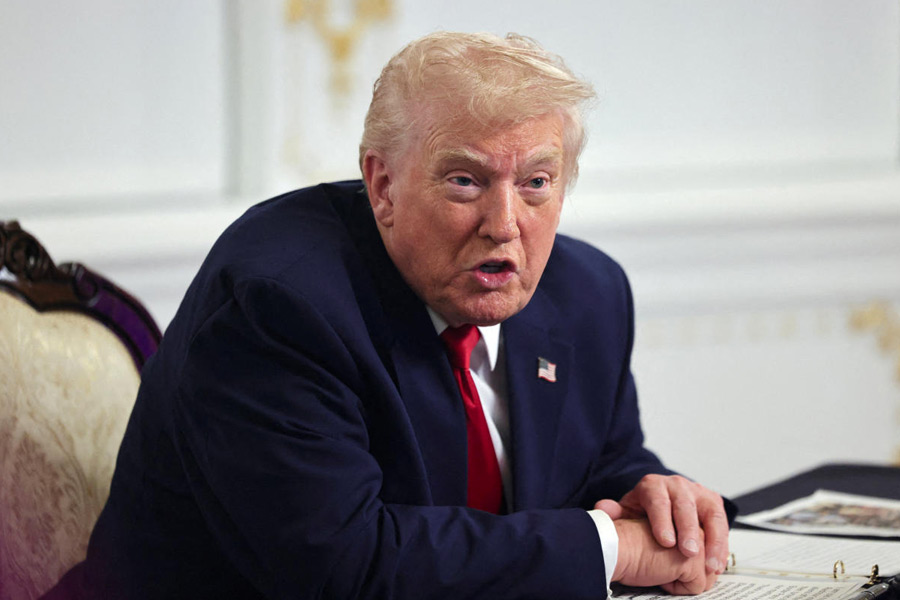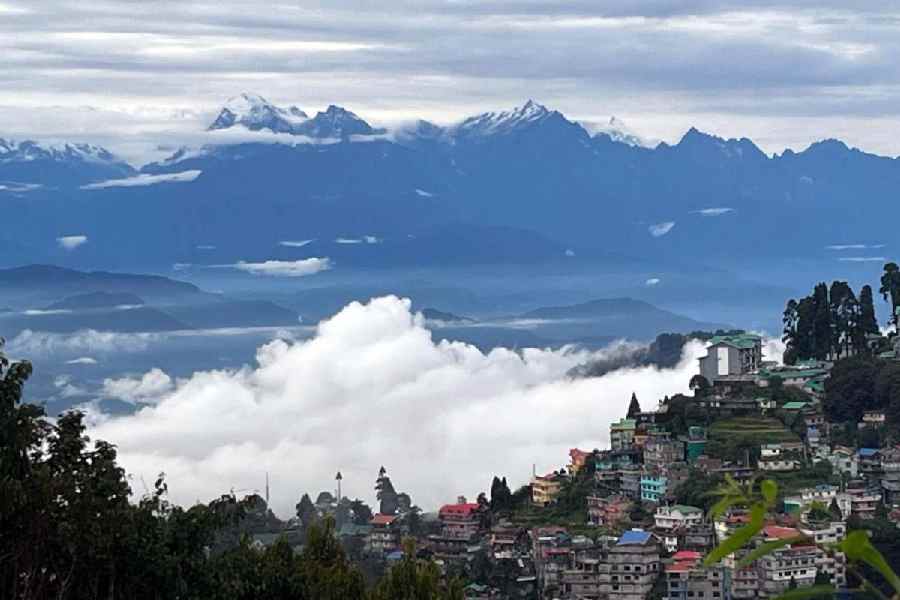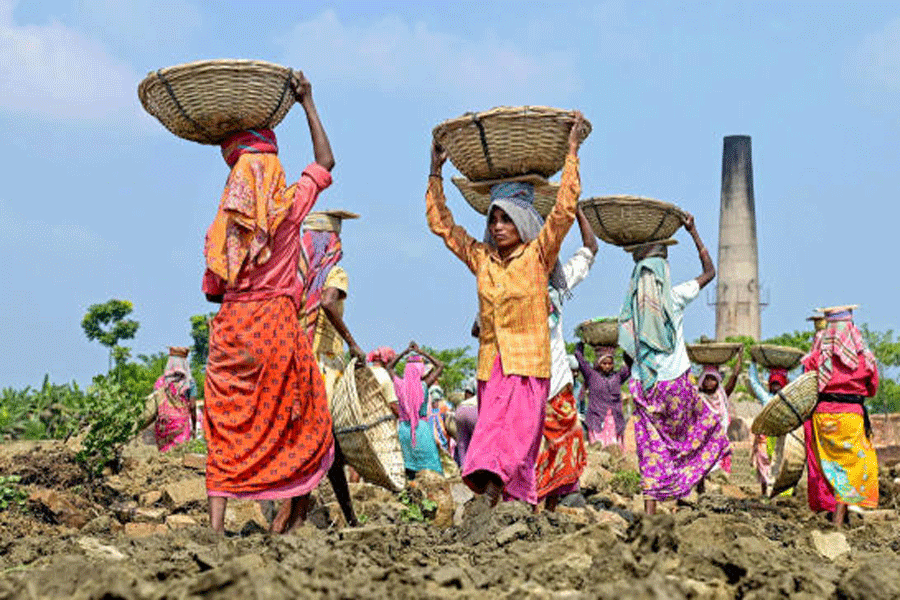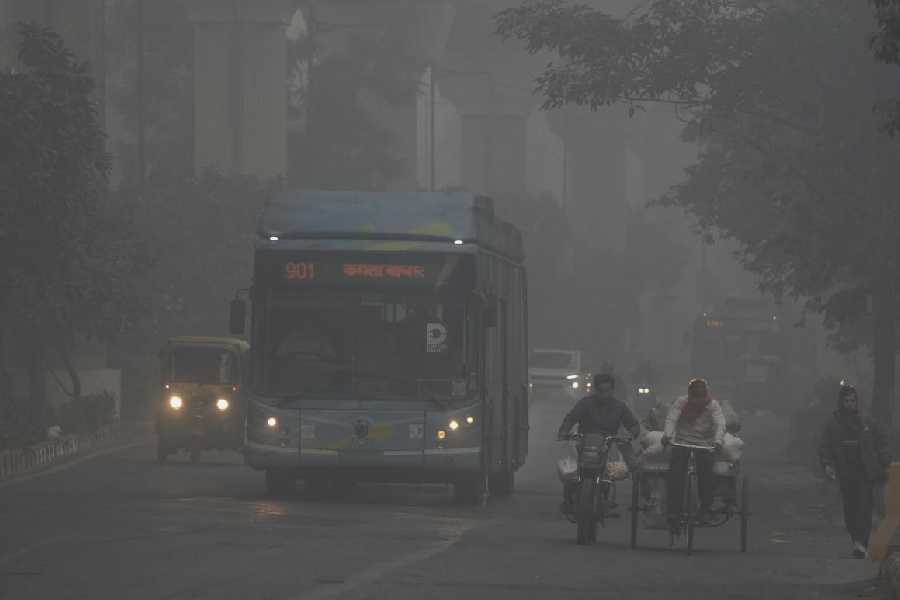 |
| Defence ministry officials interact with participants at the Defexpo in New Delhi on Friday. (PTI) |
New Delhi, Feb. 7: The French kiss is coming loose. People are looking. Some are overjoyed.
India’s choice of the Rafale fighter jet two years ago for about $20 billion — described then as “the world’s biggest French kiss” — has been thrown into turbulence by defence minister A.K. Antony.
Competitors of the French have suddenly ratcheted up their campaign and have read in Antony’s statements a reluctance to take a decision that will commit the Indian Air Force for nearly three decades.
“The project cost is very high,” Antony had said on Thursday at the inaugural of Defexpo 2014, the bi-annual gathering of arms vendors here. “So we have to be careful. There are complaints about Life Cycle Costing (methodology) that are not yet settled.” He said he wanted to resolve the issues before taking the contract for 126 multirole fighter aircraft to the cabinet committee on security.
Antony also said the defence ministry was not left with enough funds this year and the decision has been deferred to the next fiscal. That could practically mean that the next government and the next defence minister — Antony is understood to be reluctant to take the portfolio even if the UPA forms the government after the elections — would have to shoulder the responsibility of the decision.
The remarks were music to the ears of French company Dassault’s rivals: EADS Eurofighter Typhoon from a European consortium that made it to the shortlist but was beaten by the Rafale in the last lap; Lockheed Martin and Boeing of the US and Russia’s United Aircraft Corporation.
Senior executives of the companies that The Telegraph spoke to were convinced the Indian government was yet to make up its mind and that, for France, the deal was far from clinched.
“We are monitoring the latest developments in India with great interest,” said Theodor Benien, spokesperson for the Eurofighter consortium. “The Eurofighter is here at Defexpo to demonstrate that we are on standby and that we are ready to re-engage any time the Indian customer invites us. We have listened to the statements of the defence minister.”
Another company representative said the defence minister’s words translate to “the Rafale is too costly to afford”. By admitting publicly that there were questions on the method of pricing — the Life Cycle Cost system — the defence minister may have made it difficult for even the next dispensation to conclude the contract.
A spokesperson for Boeing Defence Systems — that was marketing the F/A-18 E/F Superhornet before the air force shortlisted the Rafale and the Eurofighter — said “we have moved on”. That was in 2011. “Since then there have been other things that have happened: the C-17 has happened, the P8i has happened and we are looking to conclude those programmes.” The C-17 Globemaster III is a strategic airlifter. The IAF has contracted 10 of the aircraft of which five are delivered. The P8i are maritime surveillance aircraft for the Indian Navy.
One executive said the Rafale was chosen after a nine-year-long process largely because the Indian Air Force was comfortable with French technology after their experience with the Mirage 2000. But an open tender competitive process has not sat well with the Indian system. Of all the aircraft in the IAF’s inventory, for example, only the Hawk Advanced Jet Trainer was chosen through an open tender. That too took 20 years.
Ministry officials say, however, that the deferring of the contract with Dassault has been prompted by two reasons. First, a factor of economics because there aren’t enough funds this year. Second, the multiple arrangements and warranties that are required between the original equipment makers (OEMs), Hindustan Aeronatics Limited and their supplier.
There are three OEMs: Dassault Aviation, Thales and Snecma. The 50 per cent offset — or reinvestment condition on the contract — will get in tens of other domestic vendors.
“As far as we are concerned, it is still on. It has taken two years and you really can’t set a timeline to these,” said one official.
The IAF would be buying 18 jets in “flyaway” condition and 108 jets are to be made through transfer of technology in India.


